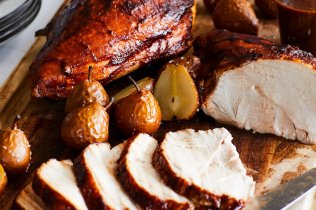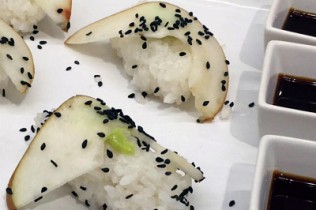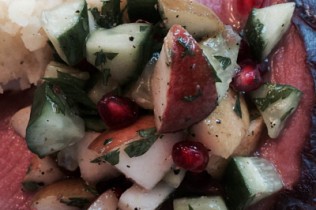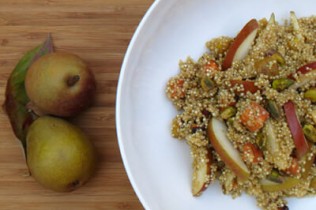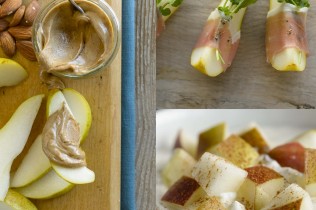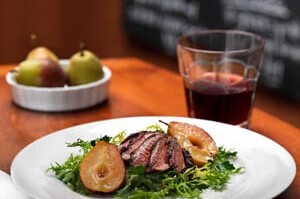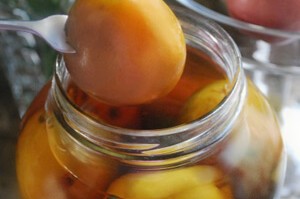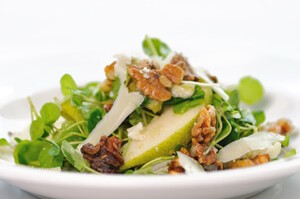identifying Seckel
Seckels (pronounced SEK-el) are tiny pears, with a chubby, round body, small neck, and short stem. Their skin is usually olive green, but frequently exhibits a dark maroon blush that sometimes covers the entire surface of the pear.
seasonality
Sweet Seckel pears are in season from September through February, and harvest begins in the fall.
ripening
culinary uses
Because of their petite size, Seckels can easily be overshadowed by the larger varieties. However, it's their size which makes them a perfect choice for certain uses:
• Snack-sized Seckels added to lunch boxes or bags are appreciated, particularly by children who love their sweet flavor.
• Seckels are small enough to be canned whole. Jars of "baby-pear" Seckels are charming as gifts.
• As a plate garnish, a small half of a Seckel pear is as beautiful as it is tasty.
• Snack-sized Seckels added to lunch boxes or bags are appreciated, particularly by children who love their sweet flavor.
• Seckels are small enough to be canned whole. Jars of "baby-pear" Seckels are charming as gifts.
• As a plate garnish, a small half of a Seckel pear is as beautiful as it is tasty.
the history of Seckel
Seckels are believed by many to be the only truly American variety of pear grown commercially. Unlike other varieties planted in the U.S. from European cultivars, Seckels are thought to have originated as a wild seedling near Philadelphia. They were discovered in the early 1800's. This may or may not be true, however. It is possible that German immigrants travelling westward through the area dropped fruit or left seeds behind.


